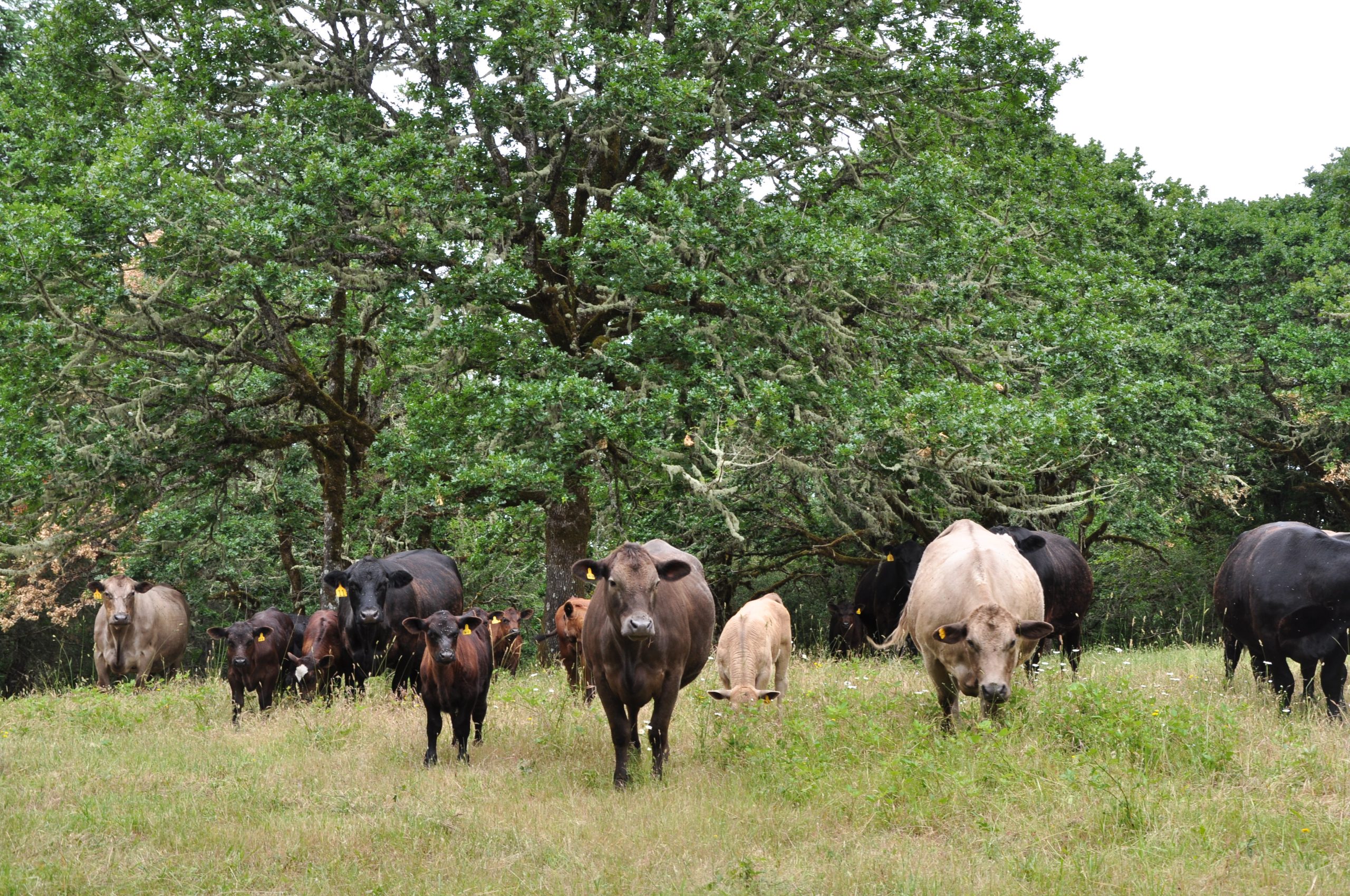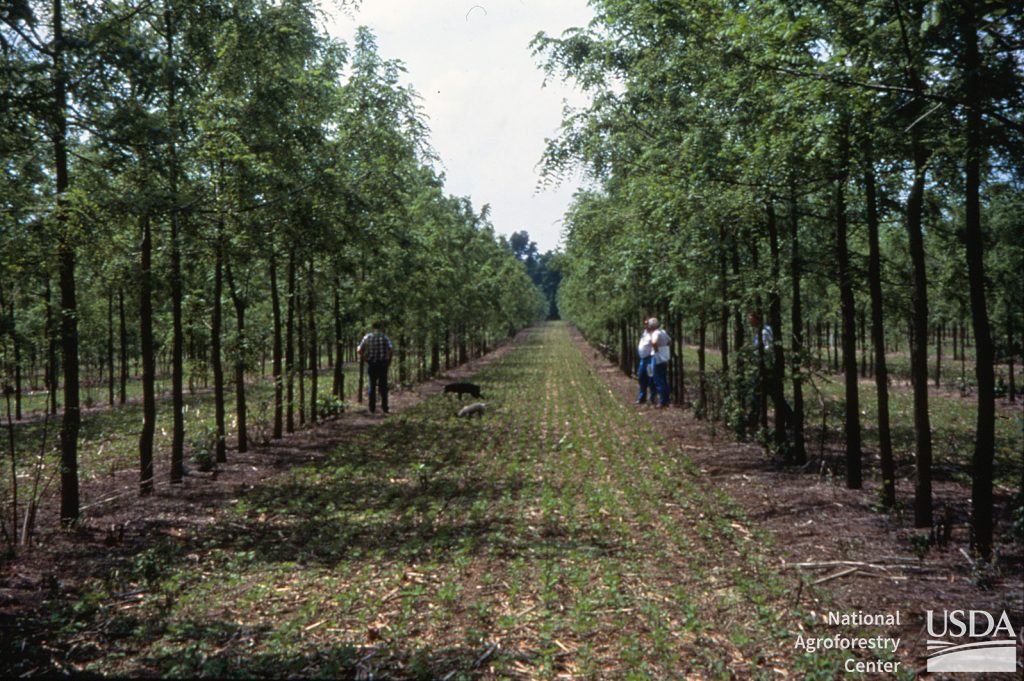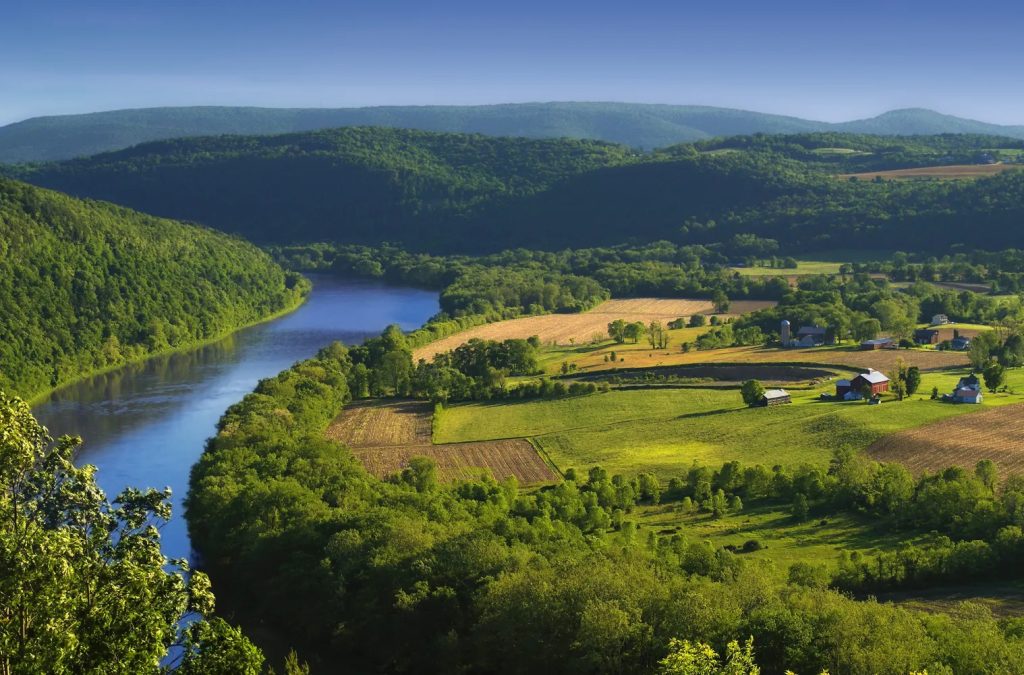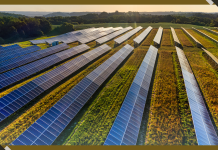Written by: Sarah Derouin
American agroforestry initiatives got a big boost of funding in 2022 from the U.S. Department of Agriculture (USDA), which allocated $60 million to help farmers transition toward this style of climate-friendlier farming, as part of the Partnership for Climate-Smart Commodities program.
The Nature Conservancy (TNC) is leading the multi-partner effort, allocating money to farmers across 30 states. Dubbed the Expanding Agroforestry Project, it will provide technical assistance and funding to farmers for planting new agroforestry acres on their land. The goal is to plant 12,140 new hectares (30,000 acres) of agroforestry across the U.S.
Recently, Mongabay checked in to see how agroforestry efforts were progressing and whether funds were making their way to farmers. After the first application cycle, farmers in 21 states submitted more than 200 applications to the program, representing about 20 percent of the agroforestry acreage goals.
Like agroforestry itself, the application, training and distribution of funds take some time to get off the ground — the first incentive payments are anticipated to be disbursed in the summer and fall of 2024.
Expanding Agroforestry Project
The Expanding Agroforestry Project is part of the USDA’s larger Partnerships for Climate-Smart Commodities program — a $3.1 billion effort to fund projects to fight climate change while supporting landowners. Agroforestry practices are effective at capturing carbon while providing additional commodities and land benefits to farmers.
Above and below ground, agroforestry systems typically capture 2–5 metric tons of CO2 per acre per year. Nate Lawrence, ecosystem scientist for the Savanna Institute, expanded on the science of measuring such figures during a recent podcast.
As the lead administrator of the grant, TNC is “processing $36 million … in incentive payments directly to enrolled producers,” Audrey Epp Schmidt, the agroforestry program manager at The Nature Conservancy, explained in an email.
The remaining $24 million will support the expansion of project partner organizations, including adding staff capacity for the agroforestry work. These funds will also bolster measurement, monitoring, reporting and verification activities and develop market opportunities for agroforestry commodities, she said.
With the influx of federal funding, TNC created a five-year program to provide growers with technical help and funding to support agroforestry efforts. To get the word out, the project partners launched a communication effort that included emails, social media posts and virtual presentations, along with in-person events on farms.
“Producers typically want to hear directly from other producers, so we encourage farmer-to-farmer networks to help drive adoption whenever possible,” Epp Schmidt said.
TNC’s goal is to attract at least 200 farmers to the program, with at least 50 of those being underserved producers, said Epp Schmidt. The USDA defines underserved producers as farmers who are new, have limited financial resources, are socially disadvantaged (either by race or gender) or are military veterans.
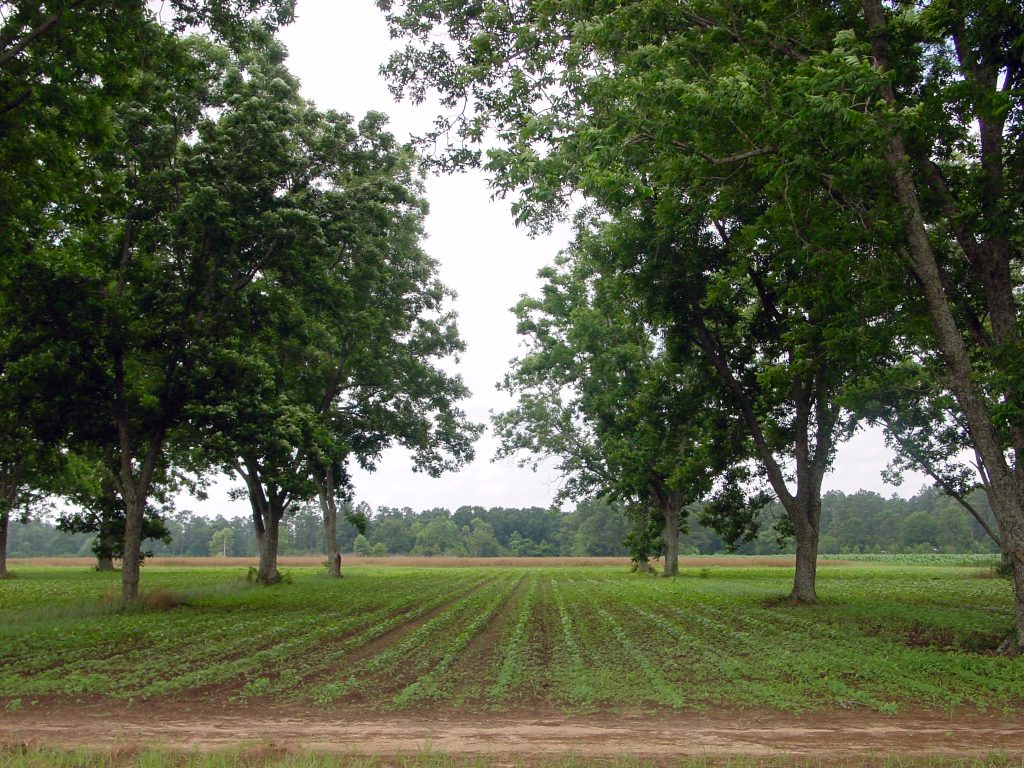
Epp Schmidt said the program includes the adoption of alley cropping, silvopasture and windbreak projects.
Alley cropping means planting rows of trees or shrubs within crops, while windbreaks are planted on the edges of fields (stopping or slowing wind erosion while adding biodiversity). Silvopasture is an agroforestry practice that integrates trees, pasture, forage plants and livestock into a single system. She noted the program is focused on adding new fruit, nut, timber and biodiversity-supporting trees that are ecologically suitable for the project site.
Agroforestry enhances biodiversity on farms by breaking up large expanses of the same crop, called monocropping. By planting trees, shrubs and understory plants, farmers can attract beneficial insects, fungi and wildlife to their land, bolstering pollinators and potentially reducing the need for insecticides.
After being accepted to the program, farmers are matched with a technical assistance staff member — each region has its own partner organization — to support developing an agroforestry plan for the farmers’ land.
The program subsidizes the cost of tree planting, providing $36 million in incentive payments directly to producers. Wendy Johnson, a farmer at Jóia Food & Fiber Farm and active agroforestry practitioner in Iowa, said she heard about the program in its early stages and thought it was an important step forward for agroforestry support.
Johnson, who has planted more than 6,000 trees on her farm, is not able to apply for funding from the project — her trees are already in the ground. But she said learning about the program was “really exciting because it’s finally providing a dollar amount that would help with maintenance costs, too.”
She knows that young trees need a lot of care in the early years before they are fully established. “Maintenance is huge, and I can’t stress that enough,” she said. “You can’t just plant a tree and let it go — it also needs shelter and it needs care for the first three years … otherwise that investment is lost.”
Johnson noted that on her own farm, the planted saplings coincided with record drought — and regular watering of the seedlings is a time- and labor-intensive endeavor. Such issues are only likely to amplify due to the worsening impacts of climate change.
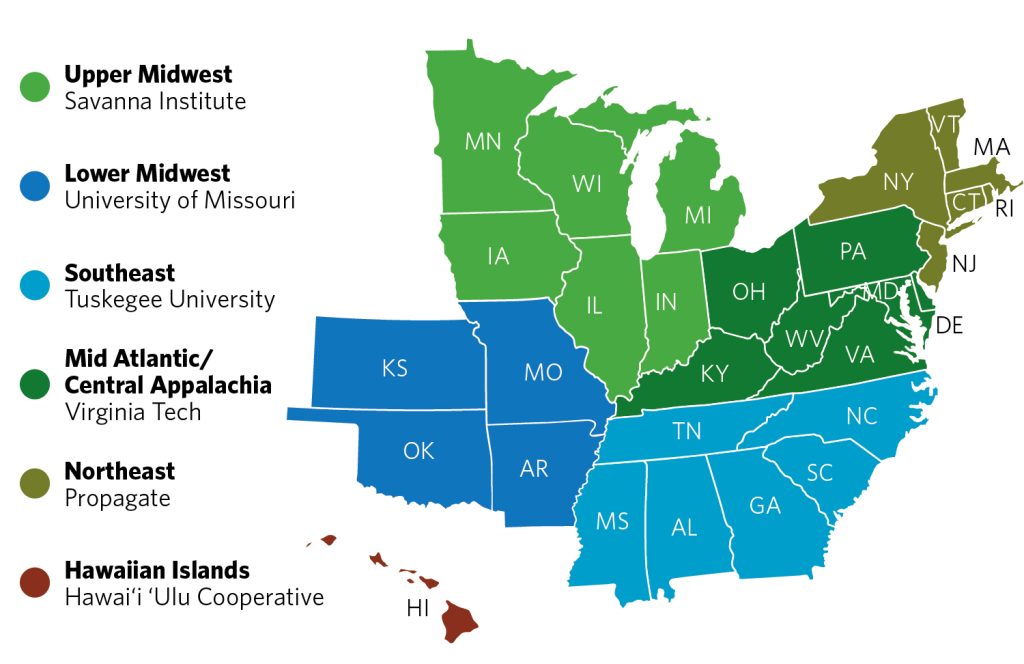
Committing to years of maintenance and switching part of a farm to more diversified land use may take a leap of faith. It can also mean farmers have to accept a risk to their profitability, often lasting for years.
“These are complex, perennial systems, and that involves a temporal mindset,” said John Munsell, forest management extension specialist at Virginia Tech. He added that an adaptive management plan will help farmers adjust in the eight-plus years between planting and maturity of trees and shrubs.
Munsell said that a program like Expanding Agroforestry can get farmers to take a chance on planting. “This will tip the scale for many,” he said. And while farmers wait for their plantings to mature, Munsell said the agroforestry community can strengthen the market for forest products. “While your hazelnuts are maturing … you have eight years to move into a market space and set things up.”
Launching the program
The initial application cycle of the Expanding Agroforestry Project received 213 applications from producers in 21 states for the incentive payment program, noted Epp Schmidt. Of these, 93 percent self-reported as underserved farmers. She said these farmers potentially represent more than “6,300 acres of new agroforestry plantings.”
Farmers who are interested in the program can learn more on TNC’s website. There are two application cycles each year, and the next deadline will be in late summer.
Header Image Credit: Tracy Robillard/NRCS Oregon via Flickr (CC BY-ND 2.0).
This article originally appeared on Mongabay

